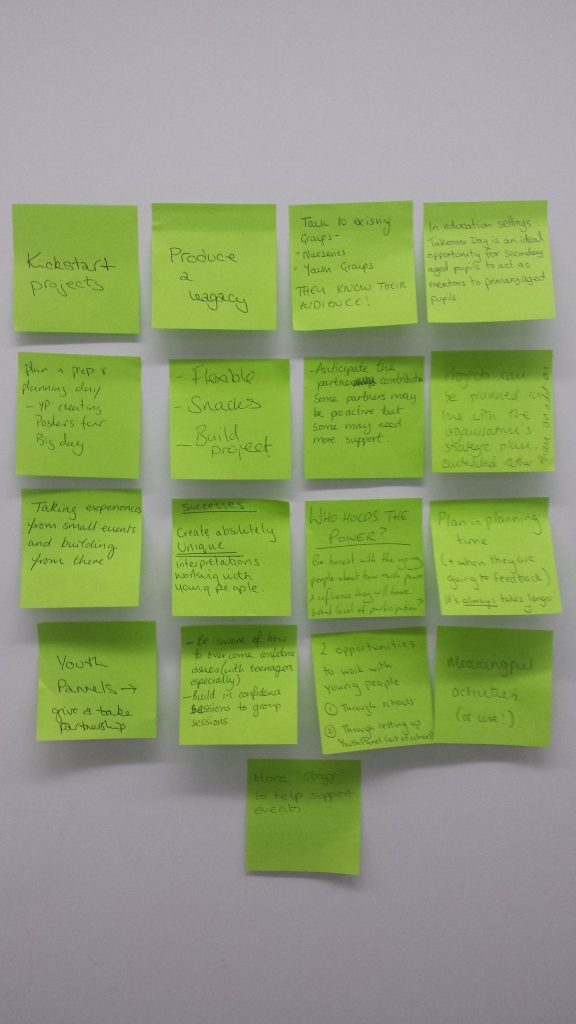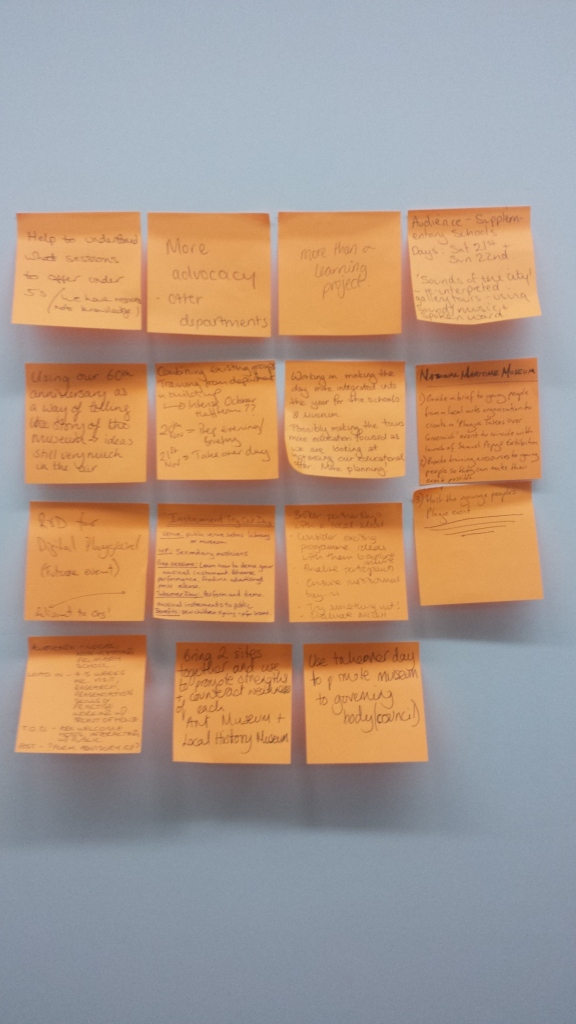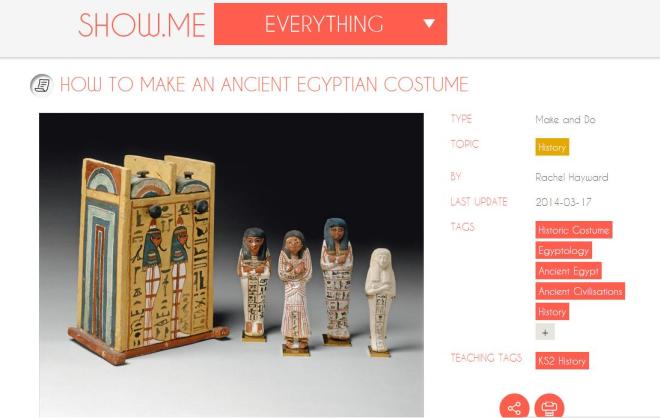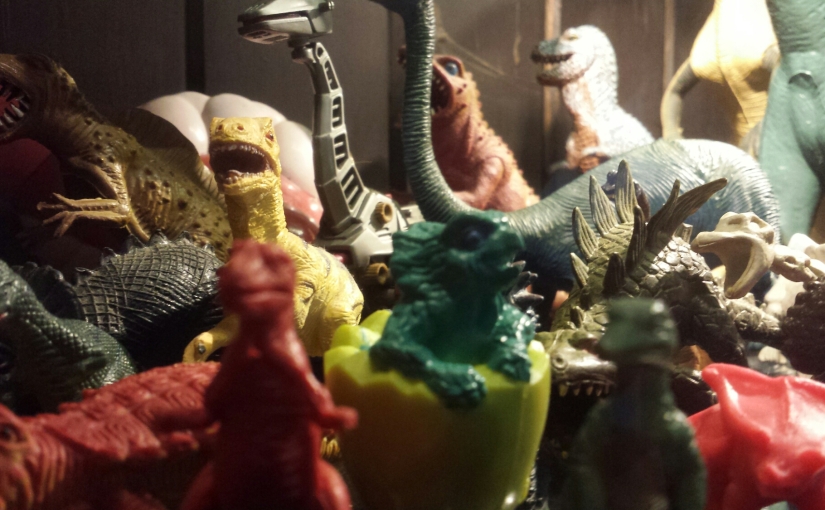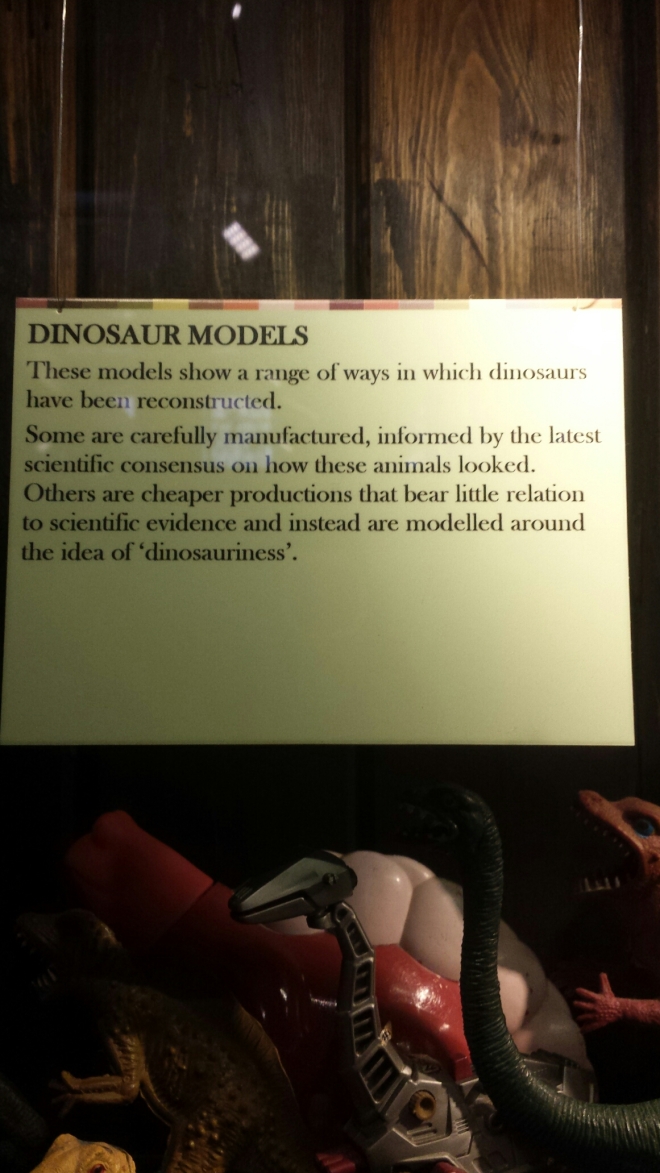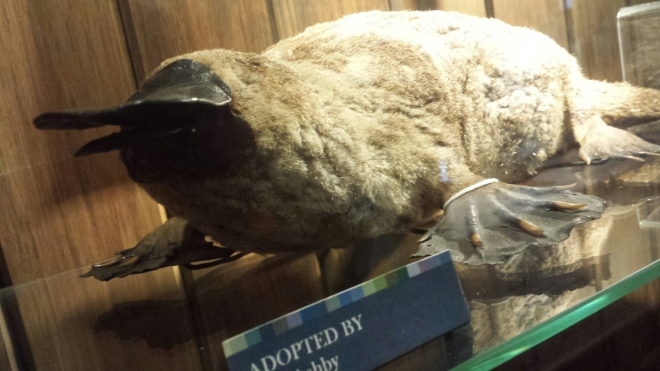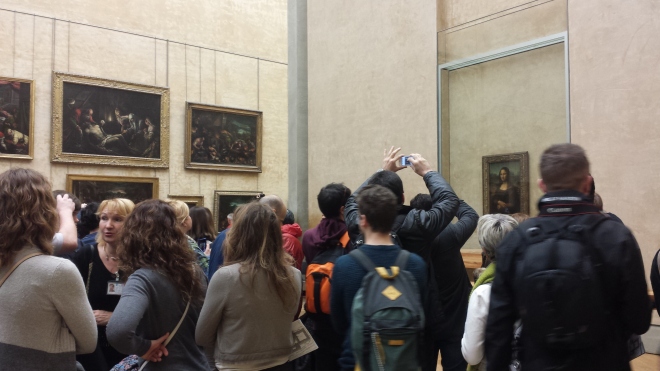th Junem You might remember me blogging about a project I worked on called Show Me; an educational website that presented museum, gallery, archive and heritage site content for a schools audience. This website was part of a wider project called Connecting Collections, which you can read more about with Culture24.
On Monday 29th June, the National Maritime Museum in Greenwich played host to the first Connecting Collections Conference, and although I wasn’t able to make it there myself, I was able to follow the action on twitter using #CCConf2015.
The tweets provided lots of food for thought, from exploring how schools, culture and tech can intersect
Triangulation of culture schools & tech sector: “learning is inspired by culture and enhanced by digital” #ccconf2015 pic.twitter.com/P9T6p0GND2
— Emilia McKenzie (@McKenzie_Emilia) June 29, 2015
Top tips were also a feature of the day. This one was my favourite
Digital in museums does not = buy shed loads of ipads #ccconf2015 https://t.co/pfSR2tGnsN — Spencer Clark (@ATS_Spencer) June 29, 2015
#SoTrue. There was also research being shared, like this paper from Arts Council about online resources.
Research from ACE on teachers and cultural resources online http://t.co/pAXpNRJsqu #ccconf2015
— bridgetmck (@bridgetmck) June 29, 2015
Reassurance was also something we saw quite a bit of – your collections *are* relevant! And in more ways than you might think…
Museum collections are highly relevant to the curriculum as they can help develop skills such as story telling and debate #ccconf2015 — Hannah Rice (@hannahbeth_r) June 29, 2015
Every museum and gallery collection is curriculum relevant, if you lead by enquiry-based learning #CCConf2015 — bridgetmck (@bridgetmck) June 29, 2015
Some difficult home truths were shared…
This is so true it hurts #ccconf2015 pic.twitter.com/oJWyjVNA2h
— Jane Finnis (@janefinnis) June 29, 2015
As well as reminders that while all this shiny tech is fun to play with, we should look away from the screens and look at the real world.
@dinoboy89 on @hello_madeinme focussing on supporting real world behaviours w simple tech. Tech’s not the point. #ccconf2015
— Anra Kennedy (@AnraKennedy) June 29, 2015
Interesting comment for interaction design in museums: “as a parent I don’t want to go where there are screens everywhere” #ccconf2015 — Laura Carletti (@lauracarletti) June 29, 2015
There were also interesting perspectives shared, like this one from Daniel Martin from Derby Museums.
Interesting perspectives at #ccconf2015 on video as a primary means of cultural communication for the young – promoting dialogue and making
— Daniel Martin (@CuratorDaniel) June 29, 2015
Daniel’s point about promoting dialogue is an important one, the conversation between a museum and the people who come and visit should be two-ways. Ali Hossaini ran with this theme of conversation…
“In the museum of the future, interpretation becomes interaction” Ali Hossaini @CinemaArtsNet #CCConf2015 @Culture24 — Lindsey Smith (@Lindseyeleven) June 29, 2015
And of course, this still needs to be sorted!
And the single biggest challenge to digital content in museums: no wifi and not enough plug sockets! #CCConf2015
— Camilla Nichol (@camillajnichol) June 29, 2015

